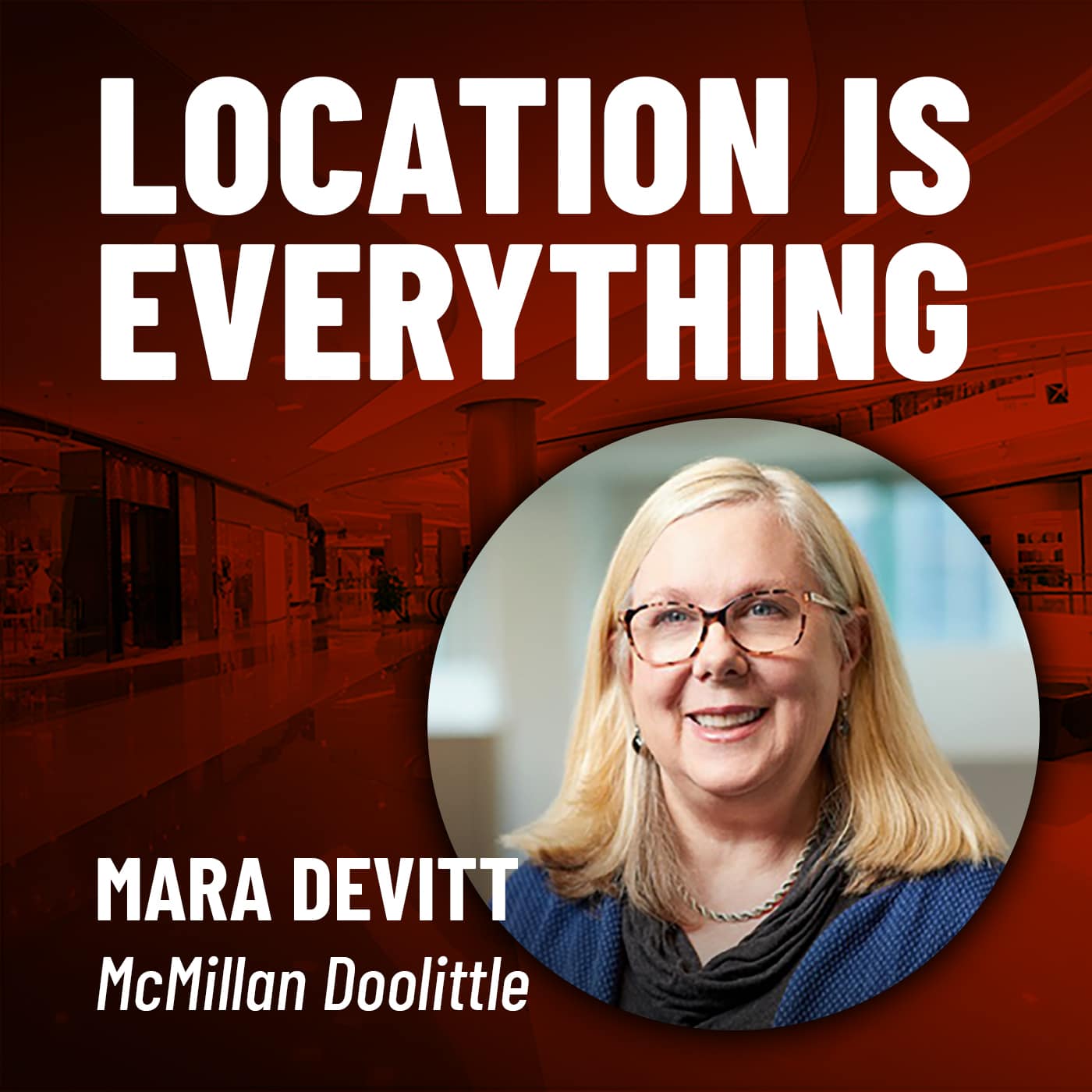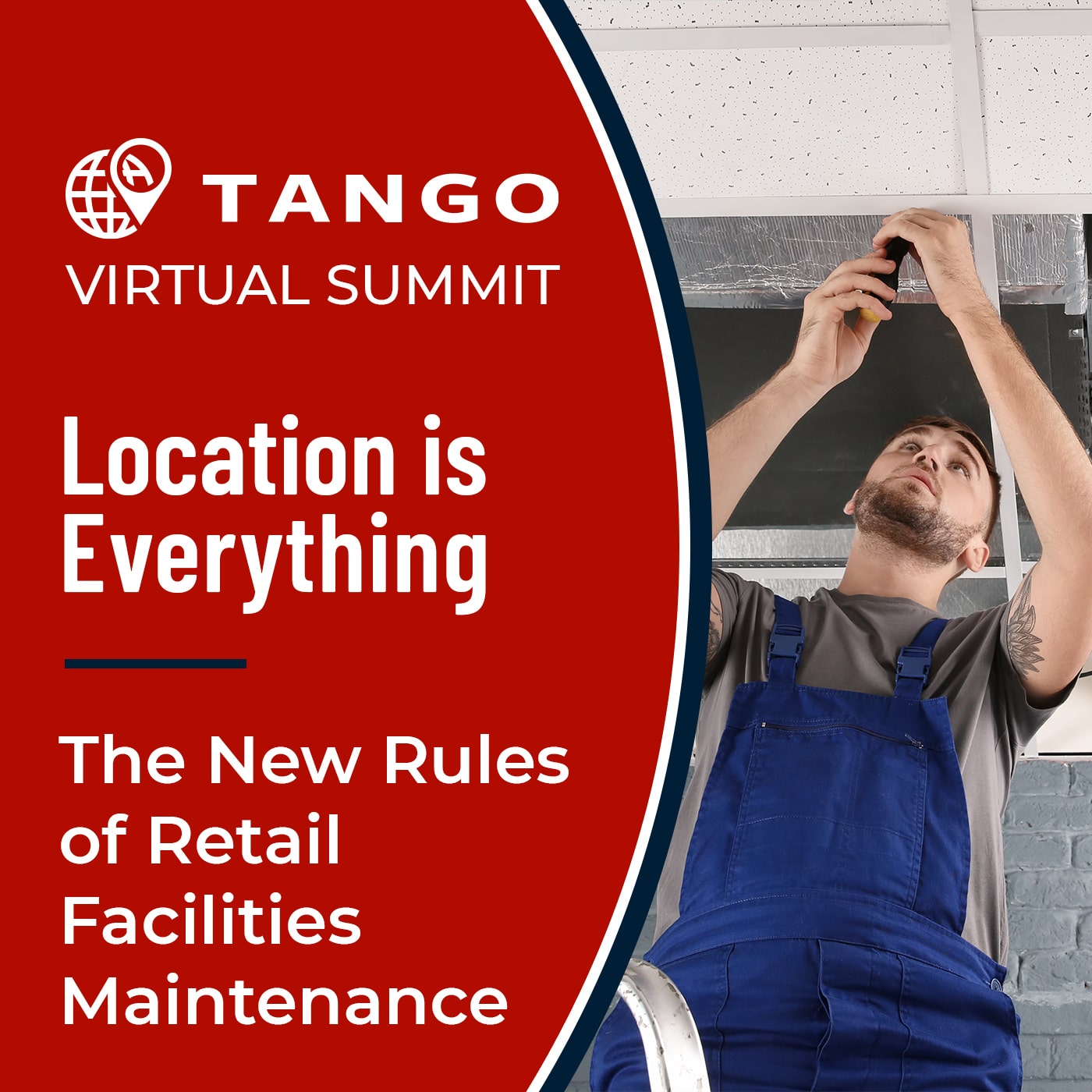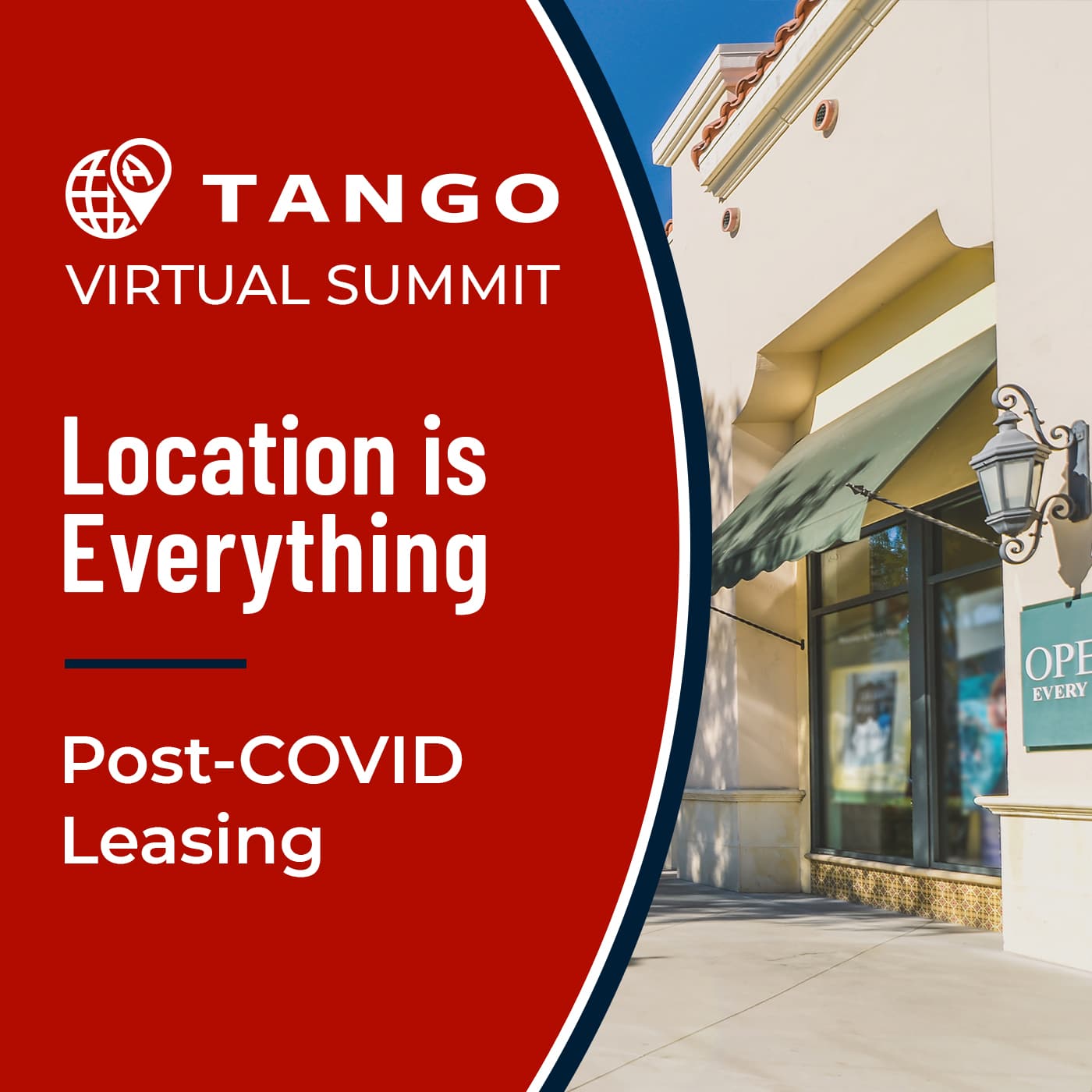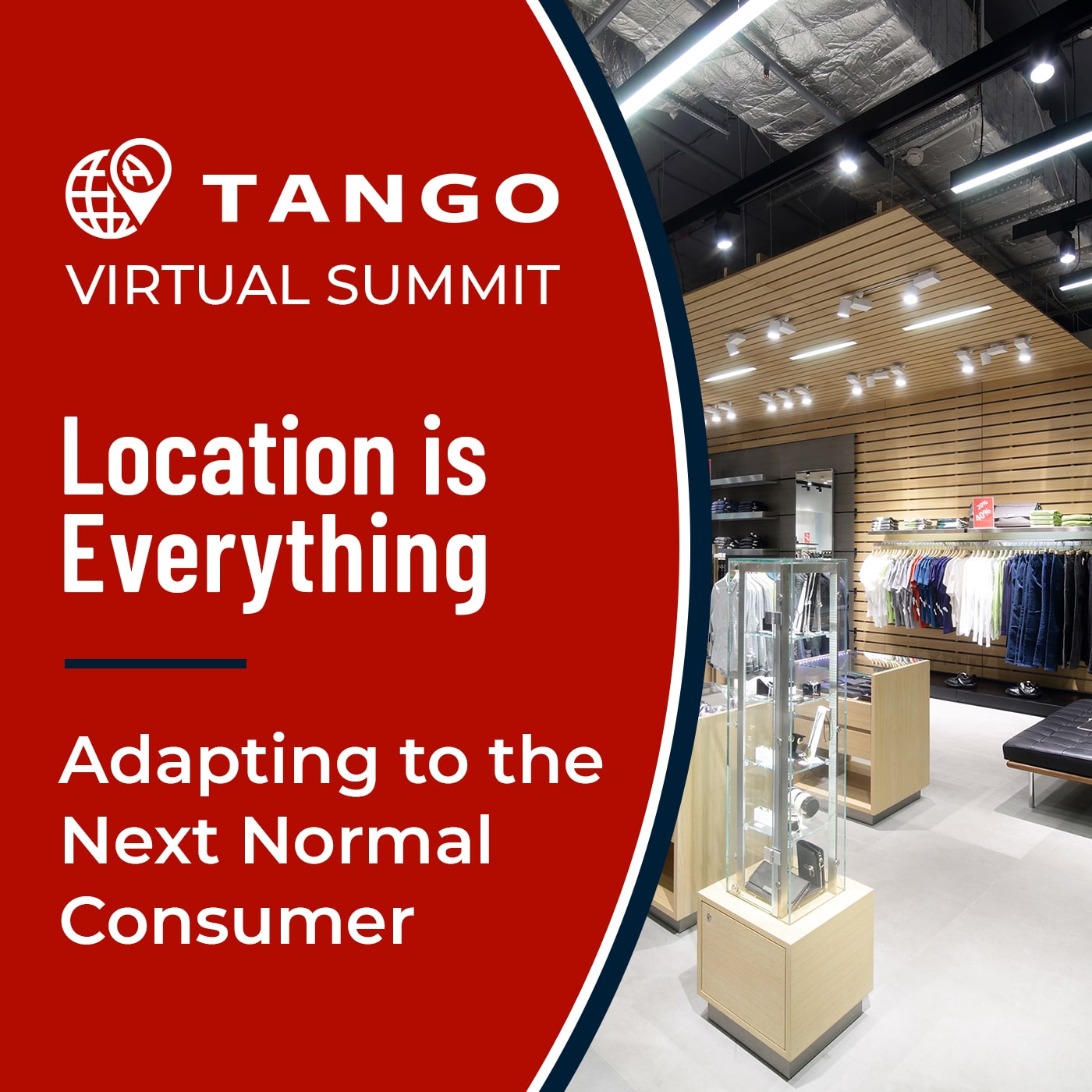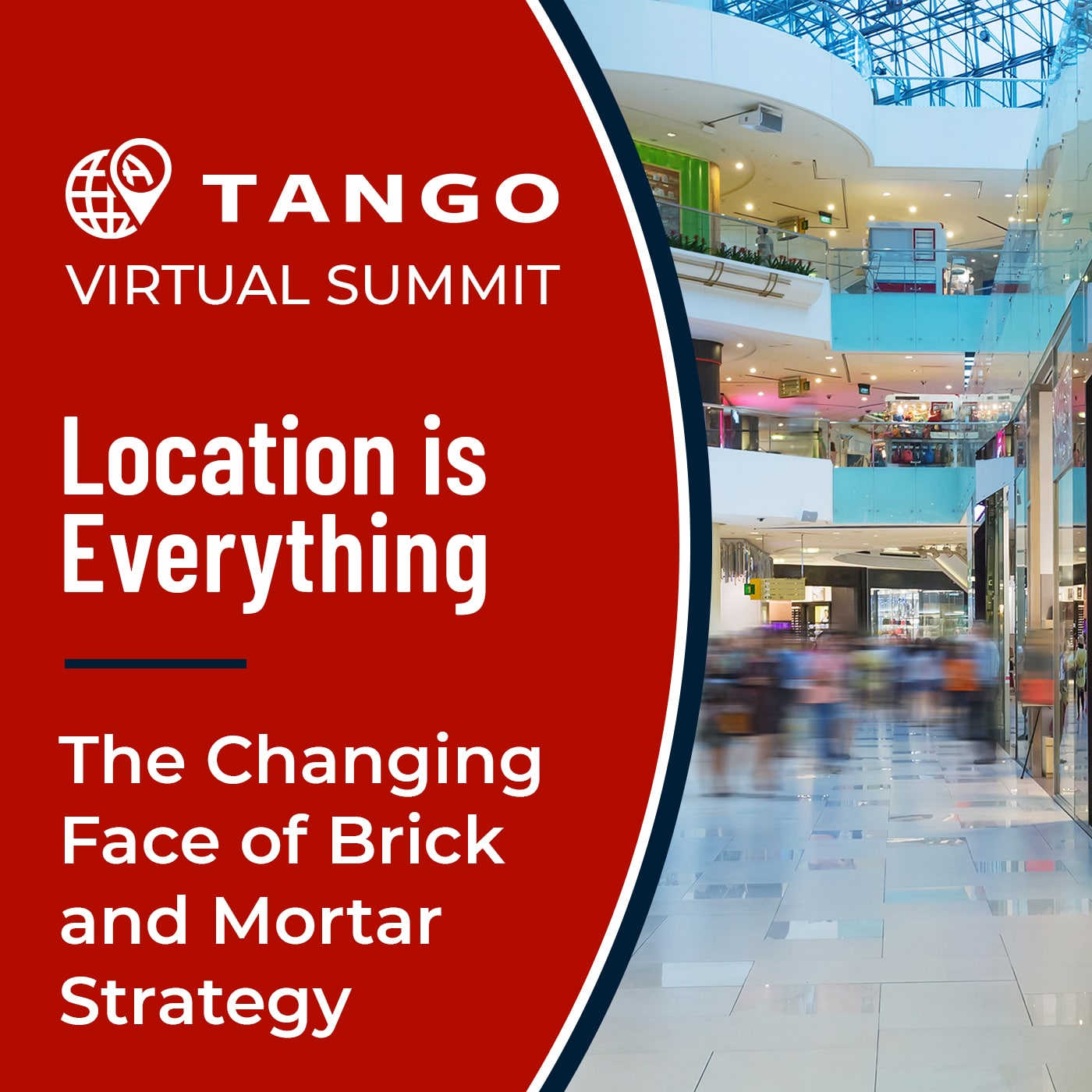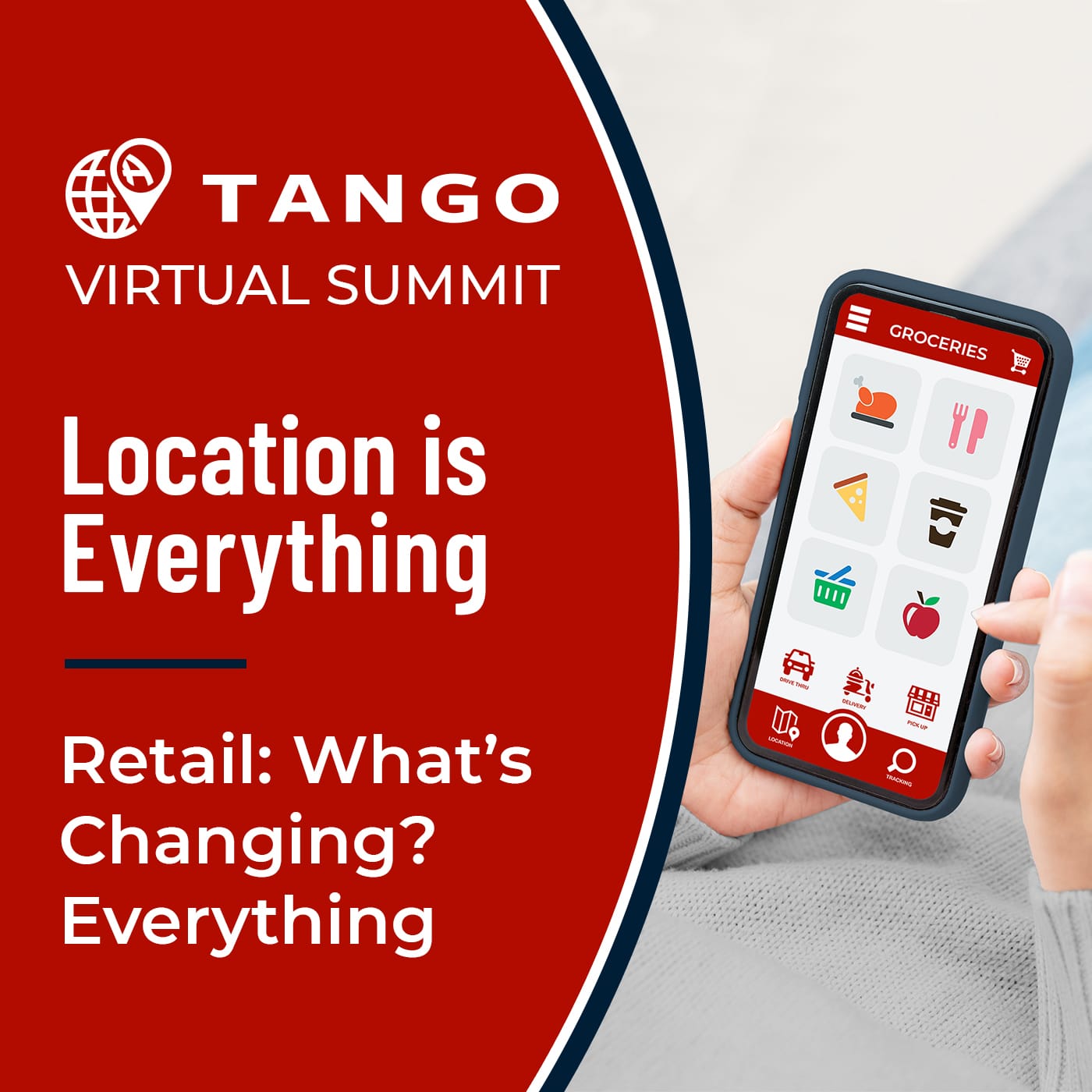Hi everyone. And welcome to Location is Everything Tango’s podcast about store life cycle management. I’m Bart Waldeck, your host. For those of you who have joined us before, you know that we focus on the brick and mortar side of retail. And in particular, lately we’re focused on the path forward for retailers as they adapt to a new consumer, a new customer and how they’re behaving and how that ultimately impacts the entire brick and mortar side of the business. So in a previous episode, I think it’s important to cover some things we talked about before that will set up our guest today that we can talk about. We want to talk about the three Rs of retail resilience. So that’s reorient, recalibrate and reposition. Really briefly, we’re going to focus on reorient today and our guest is going to help us unpack some of the changing consumer behaviors that are out there.
But reorient is really about having a cross channel view of customers. Typically, within a retail organization, often you’ll have marketing, merchandising, real estate store ops all with their own view of a customer. And the reality is because of the pandemic, and this was a trend that was going on well before the pandemic, but it was accelerated, customers are operating more in an omni-channel world. They’re shopping digitally, they’re stopping in the store, they’re doing delivery pickup, in-store purchasing and they need a buyer journey that is across all those elements. And you need a single view of that customer. So reorient is about getting everybody together, getting a consensus of that customer so you can better serve them. So we’re going to talk about that a lot in today’s episode with our guest.
The other stage is recalibrate. So, because consumers have changed their buying behaviors, the typical models used for sales forecasting, market optimization, all that stuff that goes into location strategy kind of can be thrown out the window, not literally, but a lot of the data is driven from historical data and information. Because, that has changed so fundamentally the past is not necessarily a good predictor of the future. So to improve accuracy of sales forecasting market optimization models, retailers need to look at new techniques, whether that’s AI and machine learning, they need to look at new data sets such as mobile data and things like that to recalibrate their models in the location strategy, to not just optimize in store in the trade area that draws customers to purchase in store, but also delivery and pickup in this kind of omni-channel world. So, that’s recalibrate.
The last R is reposition. So this is two elements, the first element being the location strategy and executing on that, as I mentioned. So in order to optimize dine in, delivery, pickup or shop in if you’re a traditional retailer again, where the pieces on the chess board maybe need to change from when they are. And the second part of that is the box itself. The four walls of the store or of the restaurant. The new consumer behaviors are dictating a different shopping experience, a different type of format. If you’re a QSR, for example, maybe you’re going from two drive through lanes to four. If you’re a traditional retailer like apparel maybe you’re decreasing square footage in areas like your dressing room and you are allocating more square footage to inventory and pickup or distribution or micro distribution from stores to customers. So all that is changing so store formats need to change.
So those are the three R’s of resiliency and recovery for retailers. And like I said, with our guest today we’ve got a great opportunity to dig into reorient and I’m really excited to welcome Mara Devitt, senior partner at McMillan Doolittle. Mara let her do her whole background, I don’t want to take all the thunder, but she’s everything retail. She spent the last three plus decades working with retailers of all sizes helping everything from strategic planning to digital transformation, concept development, you name it. A lot of work as it relates to the consumer themselves and shopping behaviors and experiences, what we will go in today. On a personal note Mara had a big impact on my professional career. She hired me many, many years ago out of business school into Accenture, which was then Andersen Consulting. So I’m dating myself and Mara probably too.
And I had the pleasure of working for her at the firm’s retail Think Tank. So suffice it to say I owe her one and I had to pull a couple strings to get someone of her caliber to join us here today. So I know Mara you’re in the trenches every day with McMillan Doolittle doing a ton of things that relate to what I’ve been talking about. Thanks for joining today, I really appreciate it. Clearly your greatest professional accomplishment was having the wise mind to hire me.
Okay. So just to set the stage for everyone you should just give us a little bit of background and McMillan Doolittle your role there at the firm and what you guys are focused on.

